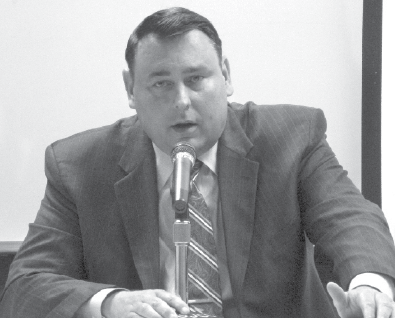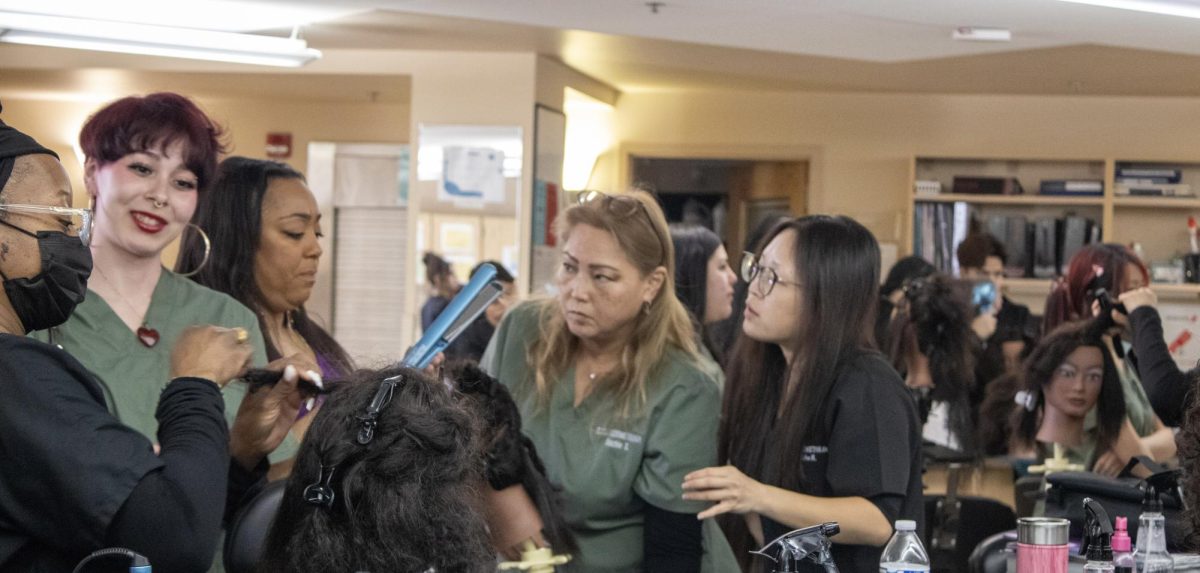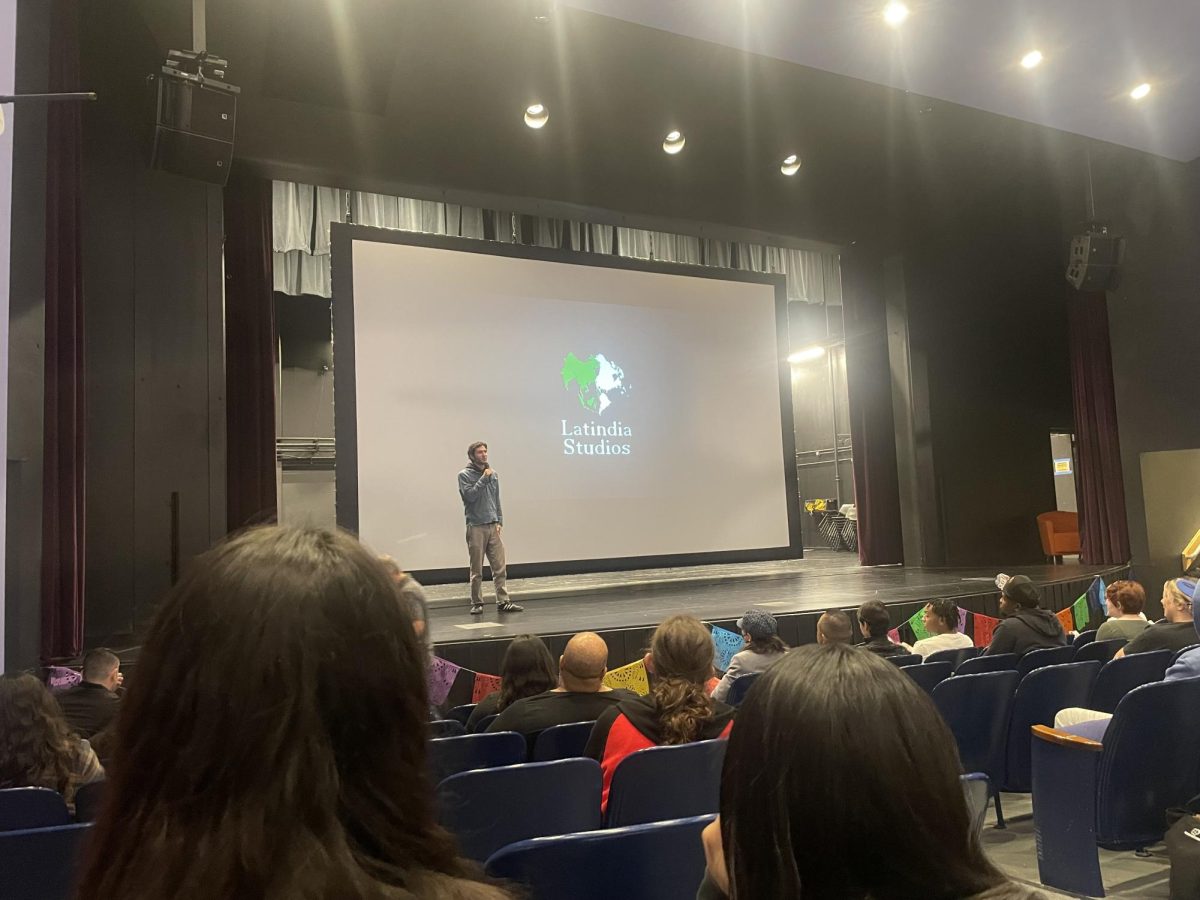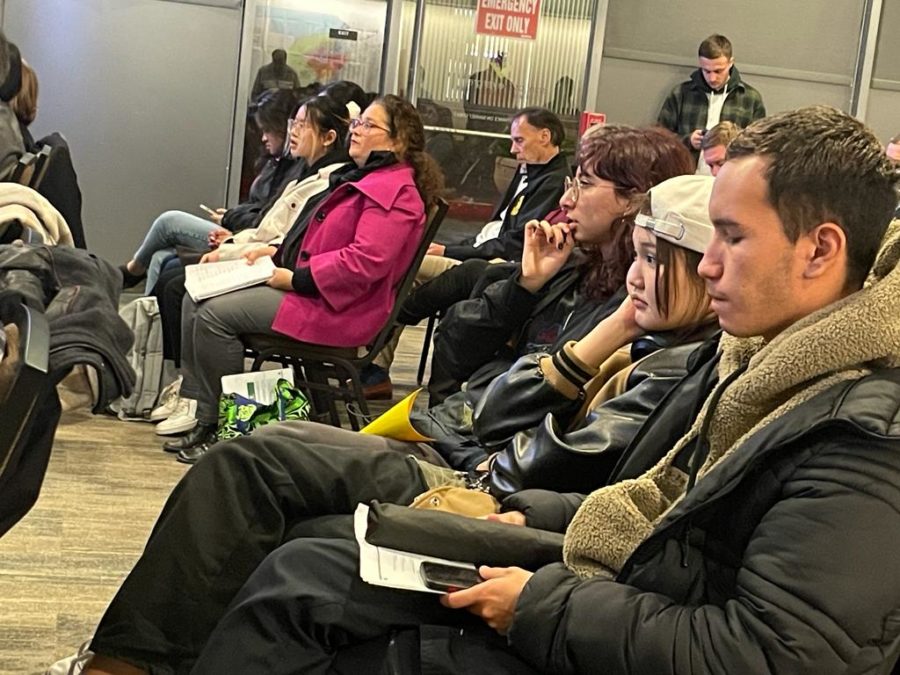 [/media-credit]
[/media-credit]
“If you kill somebody in our city, we will hunt you down to the ends of the earth. We know you’ll kill again,” Moore said.
As an improvement in policing, within the next five years, Moore said, he would like to see a camera on every officer in the field.
Officers are required to give their badge and name to citizens in writing, but photographic evidence of all incidents is the chief’s goal, which he believes can protect the police as well.
The 1,100 officer strong San Jose police force is not large enough to cover all property crimes, they investigate violent crimes first. With only four crime prevention specialists left in a city of a million people, Moore said we need to build this part of the police force back up.
The number of police officers in a community does not necessarily translate into community safety; it’s not all about the Police Department.
“We have an engaged community that cares and will not tolerate a certain level of crime,” Moore said.
San Jose does not have the size of gang problem that some other major cities have. Gangs exist, but not dominated by larger, and allegedly more violent, transnational gangs.
It is the community working with the police force that tells Moore what our police force’s priorities are for policing. The Community Advisory Board is a forum for this, it meets once a month.
“It is about the community taking ownership of the crime problem, not just putting it on the Police Department,” Moore said. “You need to get to know your neighbors on all sides of you.” This is important as they may be the only person to call 911 if you need help.
“It is no secret that trying to arrest your way out of crime problems is not going to work,” Moore said. “It is much cheaper to prevent crime than to respond to it.”
Indicators such as the school system, the dropout rate, teen pregnancy, library hours, after school programs, youth recreation, are all factors in crime prevention.
Public benefits and services are desirable. Because of San Jose’s budget deficit it means that either expenses must be reduced or city revenues increased.
Moore sees two things happening: pension cuts in the Police Department; it is a question of how fast and how deep these cuts will be; and a one-quarter to one-half cent sales tax increase.






